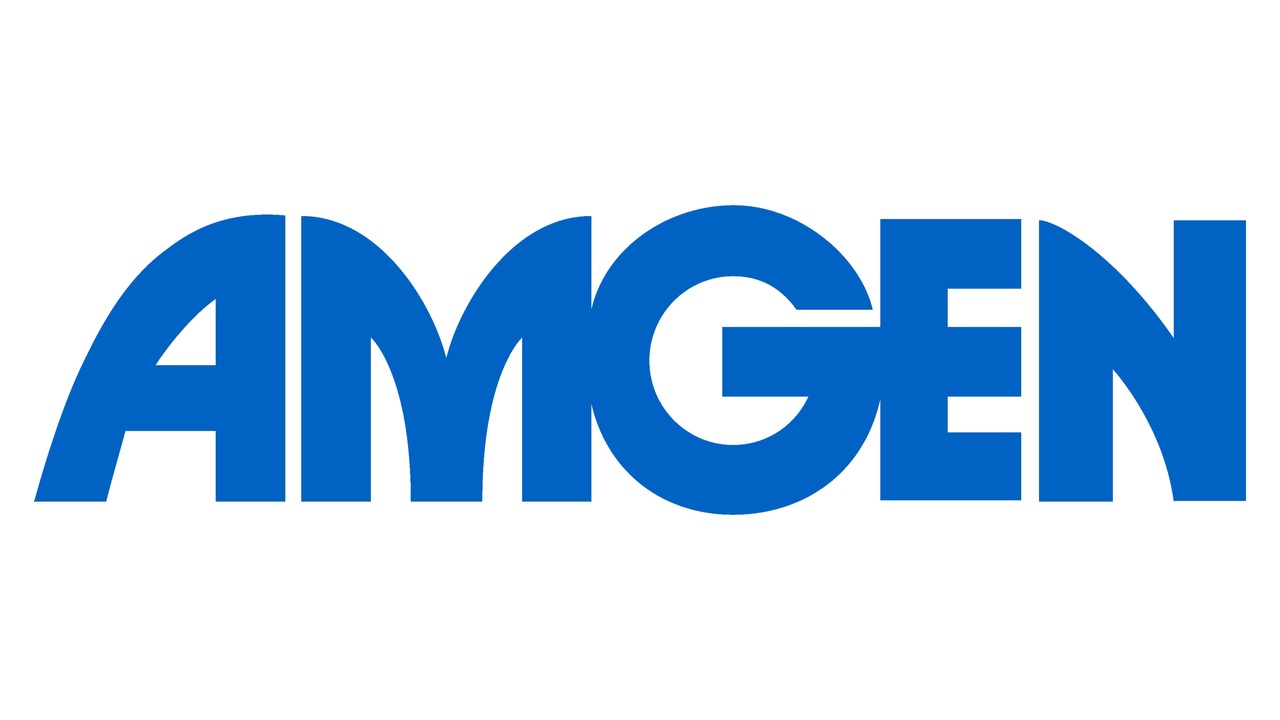Amgen Q3 2024 $AMGN (+0,47%)

Financial performance
- Total revenues: Revenue increased 23% to $8.5 billion in the third quarter of 2024 compared to the third quarter of 2023, driven by product sales growth of 24%, primarily due to a 29% increase in volume, partially offset by a 2% decrease in net price.
- GAAP EPS: GAAP earnings per share increased 62% from $3.22 to $5.22, impacted by mark-to-market gains from the investment in BeiGene and higher sales.
- Non-GAAP EPS: Non-GAAP EPS increased 13% from $4.96 to $5.58, driven by higher sales.
Balance Sheet Overview
- Total assets: Total assets decreased to $90.883 billion as of September 30, 2024, compared to $97.154 billion at the end of 2023.
- Cash and cash equivalents: These decreased to $9.011 billion from $10.944 billion.
- Total liabilities: Total liabilities decreased to 83.356 billion dollars, compared to 90.922 billion dollars.
Income summary
- Operating Income: GAAP operating income remained relatively stable at $2.0 billion, while non-GAAP operating income increased to $4.0 billion from $3.4 billion.
- Operating margin: GAAP operating profit margin decreased 5.8 percentage points to 25.1%, while non-GAAP operating profit margin decreased 2.4 percentage points to 49.6%.
Cash flow overview
- Free cash flow: This increased to $3.3 billion in the third quarter of 2024 from $2.5 billion in the third quarter of 2023 due to business performance and timing of working capital items.
Key figures and profitability ratios
- Cost of sales: This increased by 83% to 3.310 billion dollars and accounted for 40.6% of product sales.
- R&D expenditure: This increased by 34% to $1.450 billion, representing 17.8% of product sales.
Segment information
- Products for rare diseases: These contributed $1.2 billion to sales, supported by innovative drugs that are early in their life cycle.
Competitive position
- Product growth: Ten products recorded double-digit sales growth, including Repatha, TEZSPIRE, BLINCYTO, EVENITY and TAVNEOS.
Forecasts and management comments
- Sales forecast: This has been revised to a range of 33.0 to 33.8 billion dollars for the full year 2024.
- Non-GAAP EPS guidance: This has been revised to a range of $19.20 to $20.00.
Risks and opportunities
- Risks: These include pricing pressure, regulatory developments and potential integration challenges with the acquisition of Horizon.
- Opportunities: Continued investment in the pipeline and potential growth from new product launches and acquisitions.
Summary of results
Amgen delivered a strong financial performance in Q3 2024, with significant revenue and EPS growth driven by increased product sales and strategic acquisitions. The company maintained a robust cash flow position despite a decline in cash and cash equivalents. Management has revised sales and EPS forecasts upwards, reflecting confidence in the continued momentum of the business. Nevertheless, challenges such as pricing pressure and integration risks from recent acquisitions remain. Overall, Amgen is well positioned for future growth through its strategic focus on innovative therapies and the expansion of its pipeline.
Positive aspects
- Sales growth: Amgen reported a 23% year-on-year increase in revenue in the third quarter of 2024, driven by 24% growth in product sales. This growth was mainly supported by volume growth of 29%.
- Strong product performance: Ten products achieved double-digit sales growth, including Repatha, TEZSPIRE, BLINCYTO, EVENITY and TAVNEOS. This demonstrates strong demand and successful market penetration.
- Progress in the pipeline: The company is making rapid progress in its innovative pipeline, particularly in clinical trials for products such as UPLIZNA and Xaluritamig, which are in later stages of testing.
- Increased investment in innovation: Amgen invested $1.4 billion in internal innovation in Q3 2024, an increase of 35% year-over-year, underscoring its commitment to developing new therapies.
- Positive regulatory developments: UPLIZNA received Breakthrough Therapy Designation from the FDA for the treatment of IgG4-related disease, which could pave the way for a faster time to market.
Negative aspects
- Decline in operating margins: GAAP operating margin decreased by 5.8 percentage points to 25.1%, while non-GAAP operating margin decreased by 2.4 percentage points to 49.6%. This indicates rising costs or pricing pressure.
- Increased cost of sales: Cost of sales increased by 83% and accounted for 40.6% of product sales. This could have a negative impact on profitability if costs are not managed effectively.
- Decrease in cash and cash equivalents: Cash and cash equivalents decreased to $9.011 billion, down from $10.944 billion. This could affect the company's liquidity.
- High R&D expenditure: Research and development costs increased by 34% to $1.450 billion, representing 17.8% of product sales. This could put pressure on margins if future sales growth is not sufficient to offset this.
- Integration risks: The report points to potential challenges in realizing the strategic benefits and synergies from the Horizon acquisition. These could take longer or be more expensive than originally expected.

